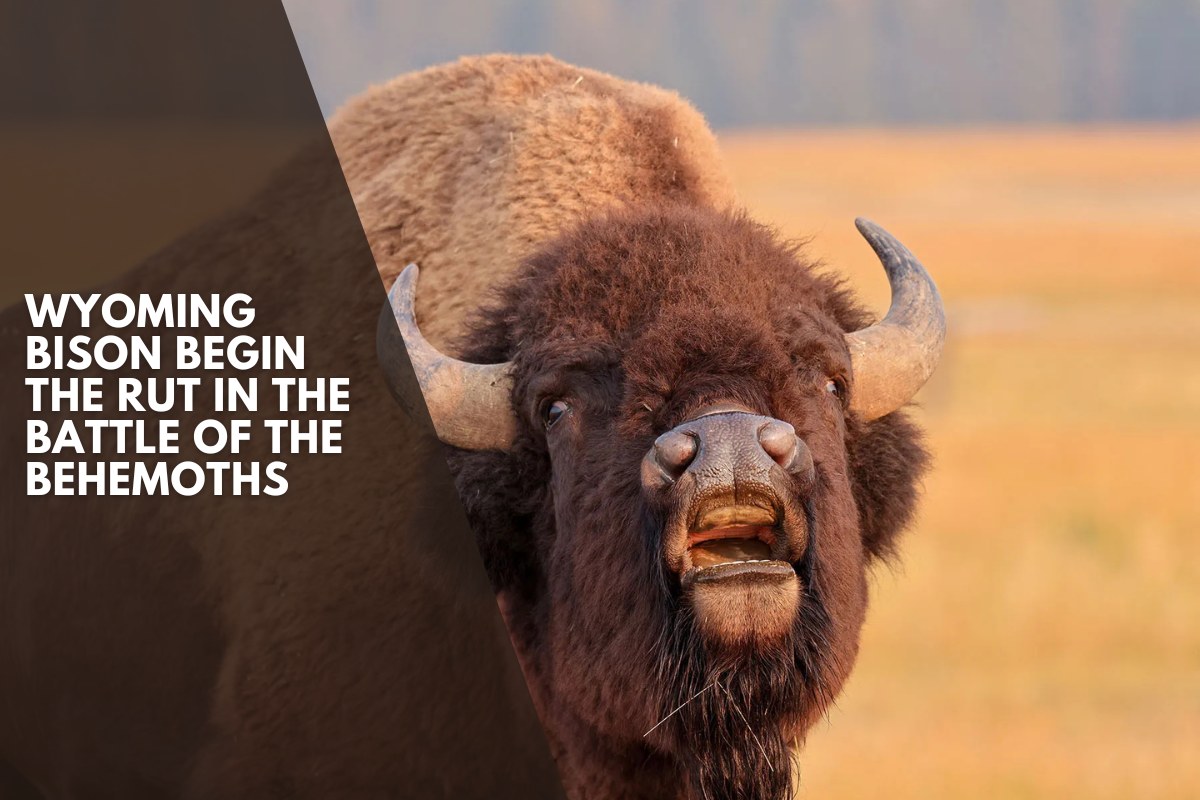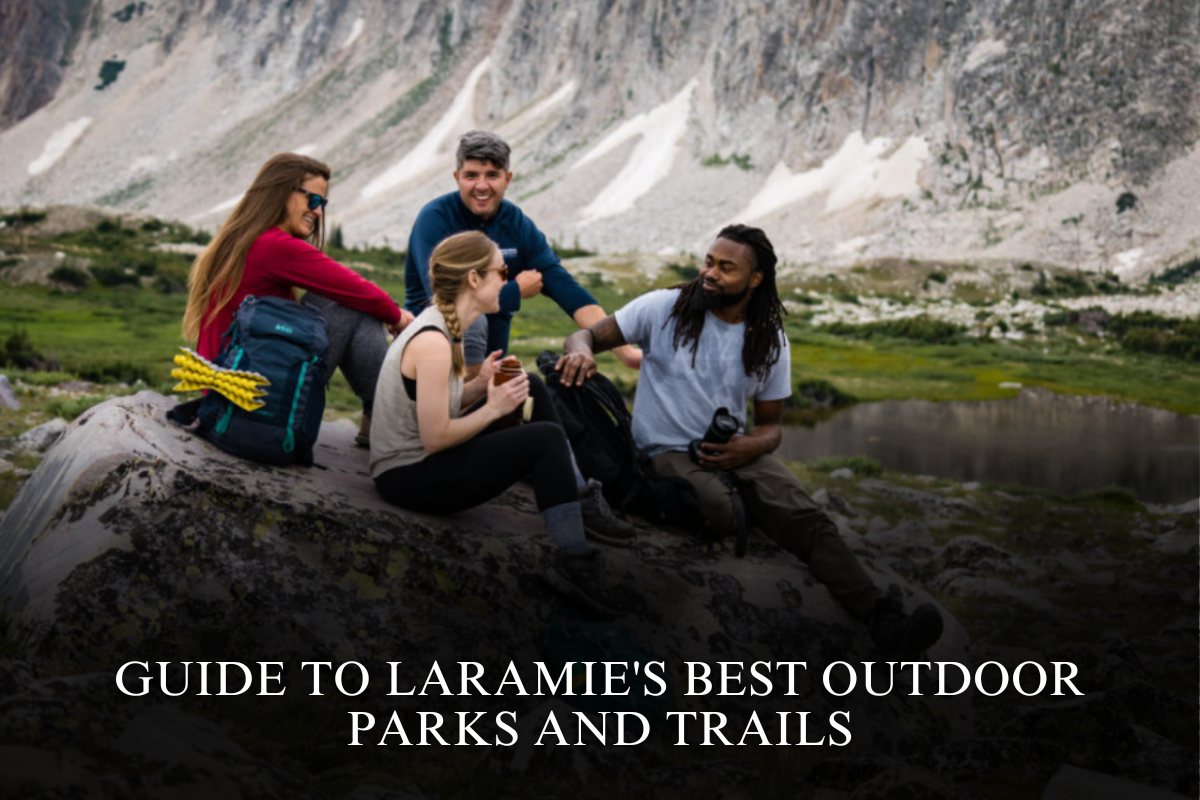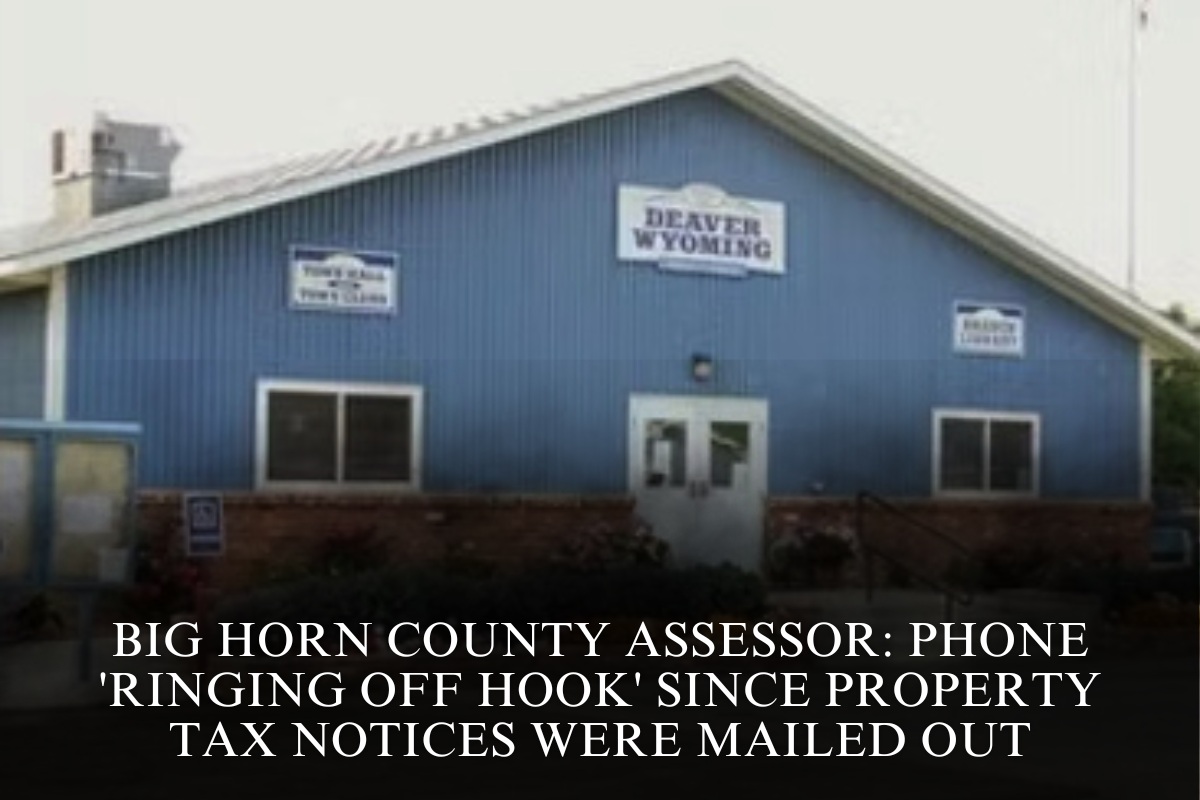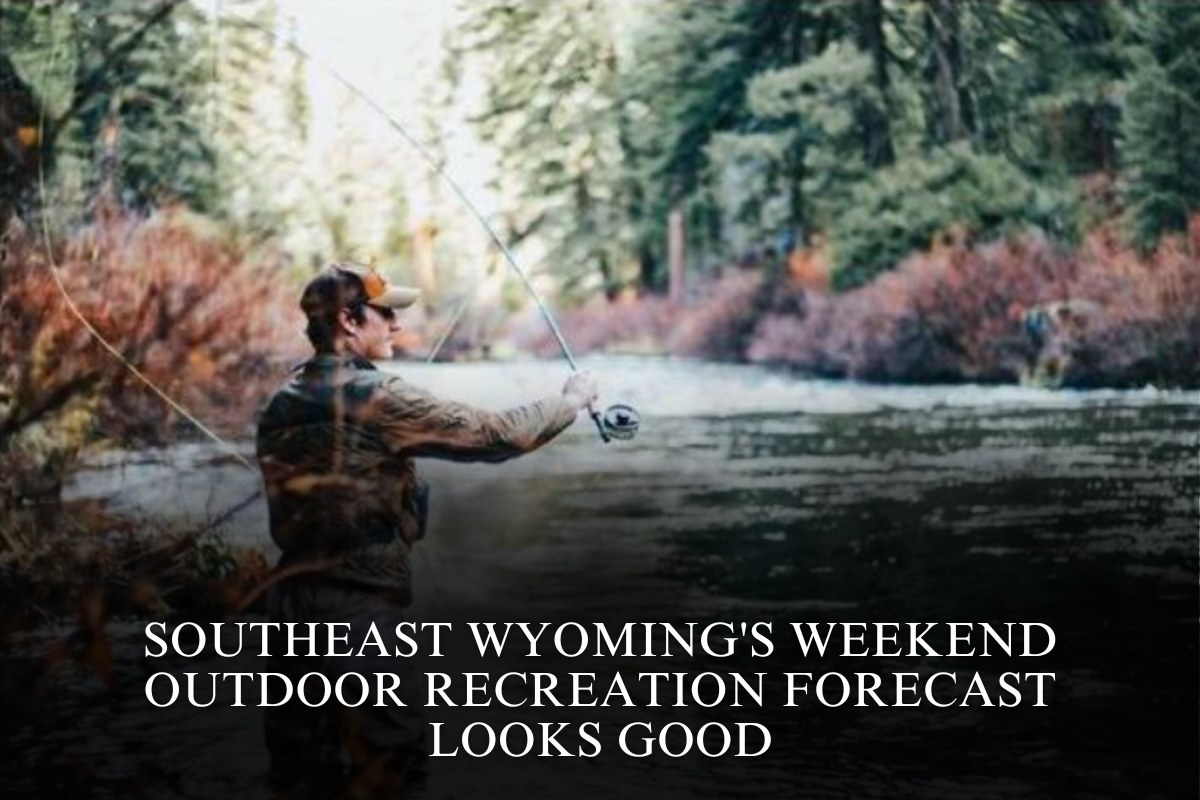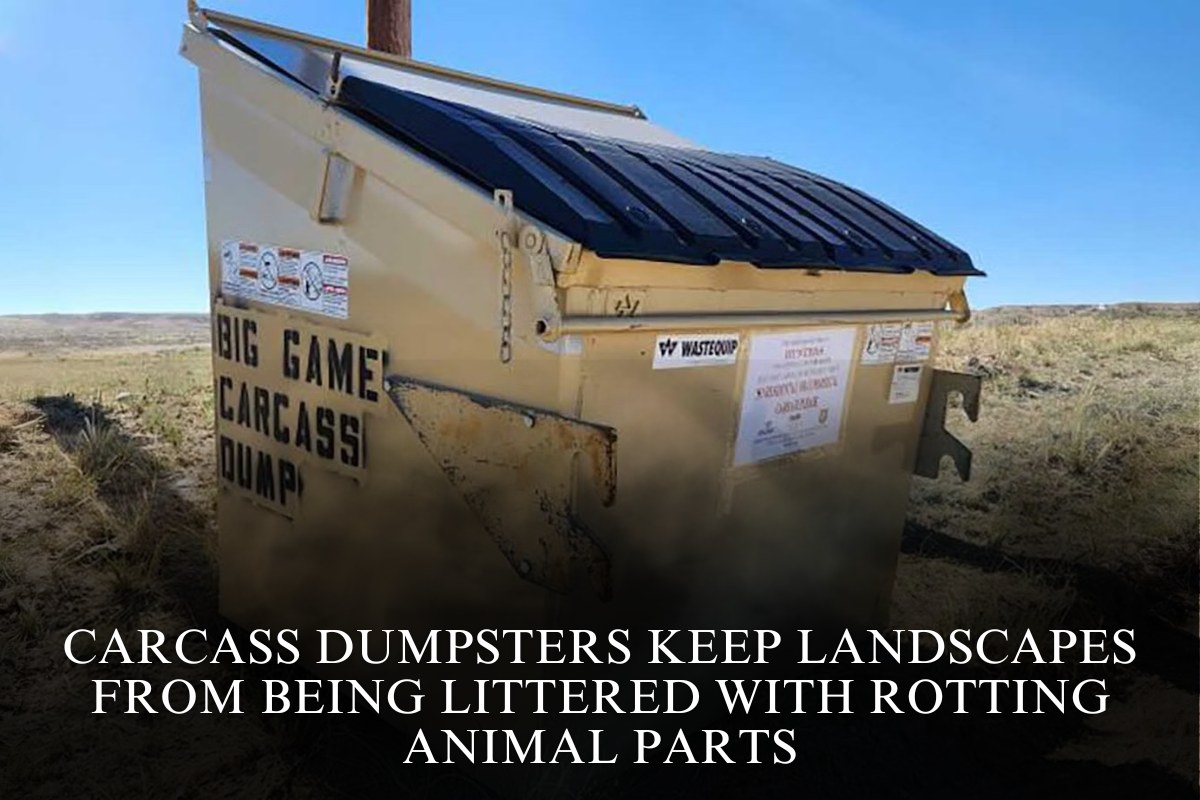Wyoming’s wild bison are the first ungulates (hoofed animals) to begin the fall breeding season, or rut.
The bison rut begins in July, but intensifies in August and lasts until September. Bull bison are the largest land mammals in North America, weighing approximately 2,000 pounds.
Watching these rutting behemoths battle each other, roll in the dust, and chase the cows is truly impressive. The bison in Yellowstone and Jackson Hole appear to be a single herd, but this is not the case.
They are two separate herds with little interaction between them. The Jackson Bison Herd’s history is interesting.
Bison were once found in large numbers throughout Wyoming and several neighboring states. Bison were decimated across their vast range throughout the 1800s, and by the mid-1880s, they had become extinct outside of Yellowstone National Park.
Jackson Hole would not see bison again until 1948, when 20 animals were brought to a fenced enclosure known as the Jackson Hole Wildlife Park west of Moran Junction, near what is now known as Oxbow Bend in Grand Teton National Park. The wildlife park also featured elk, moose, deer, and pronghorn antelope.
Elk, moose, and pronghorn breeding season typically begins in early to mid-September and lasts until October. Deer typically begin in November, while bighorn sheep begin in late November into December.
According to reports, the bison would regularly escape their pen each year and had to be rounded up. In 1969, park officials decided to stop attempting to round up the escapees, resulting in the modern-day free-ranging wild bison herd in Jackson Hole.
The bison reportedly discovered the National Elk Refuge at the southern end of the Jackson Hole valley, near Jackson, in 1975. Soon after, they discovered the supplemental winter feed that had been distributed to the free-roaming elk herd since the refuge’s inception in 1912.
Absent normal winter mortality, the bison population began to grow rapidly. By the mid-1990s, the Jackson bison herd had grown to nearly 1,000 animals. Bison were showing up on horse and cattle feed lines on private property, occasionally goring livestock. Bison were also regularly herded off the green grass of Jackson Hole golf courses, Snake River residences, and Kelly. Bison populations needed to be controlled.
Recreational hunting, like all of Wyoming’s big game, was a preferred tool for wildlife managers to control population growth. There were plenty of hunters ready and willing to help bring down the numbers.
However, through legal action, the Fund for Animals successfully prevented bison hunting on the National Elk Refuge until an interagency management plan was approved in 2007, allowing hunting on the refuge. By this time, the bison herd had killed 1,200 animals.
Over the next few years, hunters would assist managers in bringing the population back down to the desired population goal of 500, where it currently stands. Wyoming remains one of only a few places in the world with a wild, free-roaming bison herd for everyone to enjoy.
